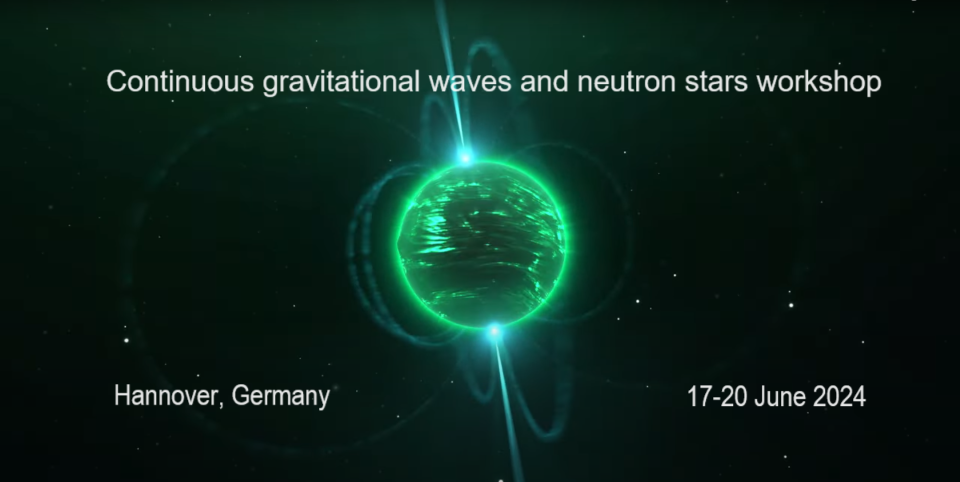The next breakthrough in gravitational wave astronomy may be the first discovery of continuous gravitational waves. I will review the data analysis methods used to search for continuous gravitational waves since the early days of LIGO and Virgo. I will present an overview of continuous gravitational wave search results that have been achieved to date, and show how they illustrate the various...
Continuous gravitational wave atlas is a way to distribute data from a wide parameter continuous wave search. We will show the latest atlas produced by Falcon pipeline, with examples of how to use the atlas data in new searches.
The atlas data is provided in a new MVL file format that allows analysis on small computers, such as your notebook. There is also an MVL version of Gaia DR3 data,...
Started in May 2023 and planned to last 20 months, the fourth observing run (O4) of the advanced ground-based interferometric detector network LIGO-Virgo-KAGRA provides the deepest yet reach into the gravitational-wave side of our Universe. I will give a status update on the run's progress and results obtained so far, as well as a brief overview of the science scope of planned O4 searches for...
Over ten years ago, Fermi observed an excess of GeV gamma rays from
the Galactic Center whose origin is still under debate. One
explanation for this excess involves annihilating dark matter; another
requires an unresolved population of millisecond pulsars concentrated
at the Galactic Center. We use the results from LIGO/Virgo/KAGRA's most
recent all-sky search for quasi-monochromatic,...
The Band-Sampled-Data (BSD) framework has emerged as a powerful tool in the search for GW signals. With its versatile capabilities and adaptability, BSD has been instrumental in various searches for both standard CW signals and dark matter candidates. Over the past five years, the BSD framework has evolved significantly, offering a comprehensive suite of functions for analysing GW data. Its...
I will present various ways in which our group is searching for dark matter using GW detectors.
-
Searching for GW signals from mergers of ultralight primordial black holes using LIGO data.
-
Searching for direct interaction between dilatonic DM and LIGO.
-
Searching for GWs from axion clouds around spinning black holes using a network of radio-frequency GW detectors.
4....
Gravitational waves can probe the existence of primordial black holes (PBHs). If PBHs form in binary systems, they will inspiral and eventually merge, just as stellar-mass black holes do, emitting gravitational waves in the process. Here, we describe multiple methods to probe the existence of planetary-mass PBHs, and focus on one, the generalized frequency-Hough, that we used to run a search...

